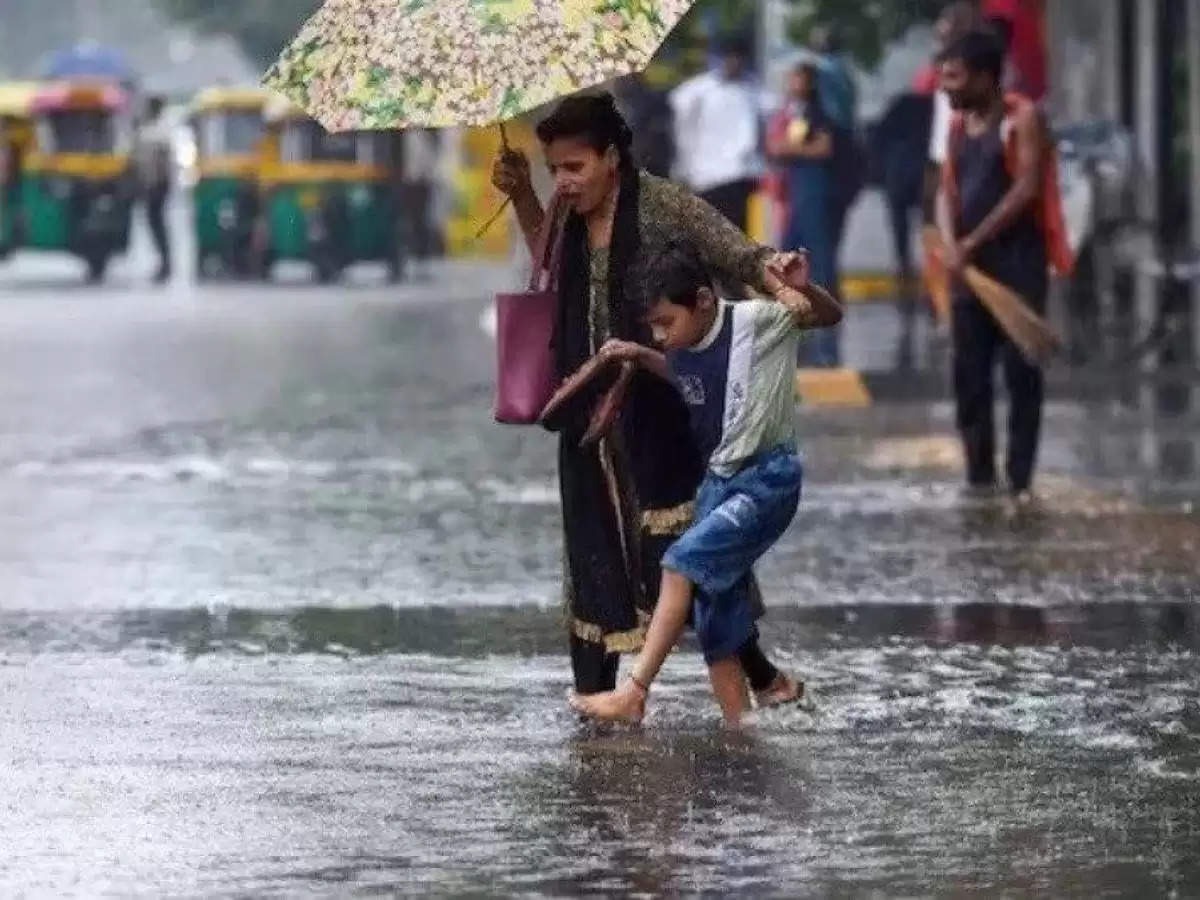
Waterborne Diseases: The risk of waterborne diseases increases after rain, learn preventive measures from experts There is often a sudden increase in waterborne diseases after rain. When rainwater collects, it mixes with dirt, increasing the risk of spreading disease by drinking contaminated water or through other means.

Rainfall often results in a sudden increase in waterborne diseases, posing a major public health challenge. Rainwater carries a variety of contaminants as it collects on the ground, which can lead to the spread of germs through drinking water, recreational water activities, and even contact with contaminated surfaces.
One of the main reasons for the increase in waterborne diseases after rain is the overflowing of sewage systems. Heavy rains overwhelm the sewer infrastructure, causing untreated sewage to mix with surface water and flow into natural water bodies. This sewage often contains harmful microorganisms, including bacteria, viruses, and parasites, which can cause diseases such as cholera, typhoid fever, and dysentery.
Dr Vigyan Mishra, head of the lab at Neuberg Diagnostics, explains that stagnant water after rain can lead to breeding of mosquitoes, which are carriers of diseases such as malaria, dengue fever and the Zika virus. Although these are not directly waterborne diseases, their spread is closely linked to the presence of stagnant water. People exposed to floodwaters may inadvertently drink contaminated water or come in contact with it through skin lesions, leading to infection and disease.
To reduce these risks, it is necessary to improve sewage and drainage systems to handle excess rainwater and prevent contamination. Public health education campaigns can also play an important role in informing communities about the dangers of waterborne diseases and the importance of safe water practices. In addition, prompt medical intervention and access to clean water and sanitation facilities are important to reduce the impact of waterborne diseases after the rains.
 look news india
look news india